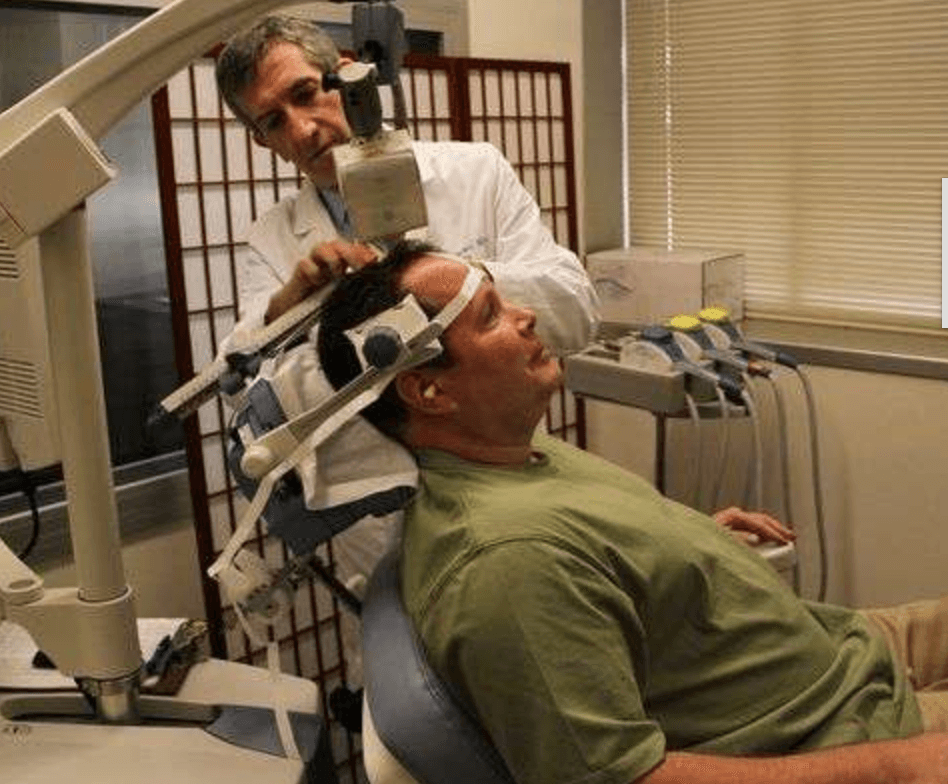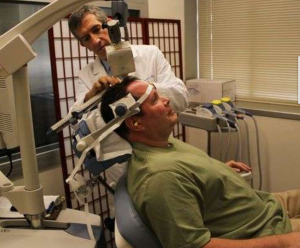Magnetic Stimulation to Be Used as an Alternative to Anti-Depressants

According to the World Health Organisation (WHO), the number of people with depression have increased by 18% since 2005.
Researches show that antidepressant medications work only upto 60 – 70%, despite that lots of money is spent on them each year.
Semel Institute for Neuroscience and Human Behavior at UCLA is one of the few institutions across the globe that offers treatment for depression using magnetic stimulation. Magnetic stimulation beams targeted magnetic pulses deep inside patients’ brains. A similar technique is used while rewiring a computer.
This method has been approved by the FDA for an alternative for patients who do not respond to medication.
Dr. Ian Cook, director of the UCLA Depression Research and Clinic Program says, “We are actually changing how the brain circuits are arranged, how they talk to each other. The brain is an amazingly changeable organ. In fact, every time people learn something new, there are physical changes in the brain structure that can be detected.”
A 48 year old patient had tried multiple medications, therapy sessions and therapists before she noticed improvement after using the magnetic stimulation therapy.
The procedure for the magnetic stimulation therapy which takes about 30 – 60 minutes is simple, the patient sits on a reclining chair, and a technician places a magnetic stimulator against the patient’s head in a predetermined location, based on calibrations from brain imaging.
Doctors are also researching if this method can cure other conditions like schizophrenia, epilepsy, Parkinson’s disease and chronic pain.
Source : Medical Xpress

